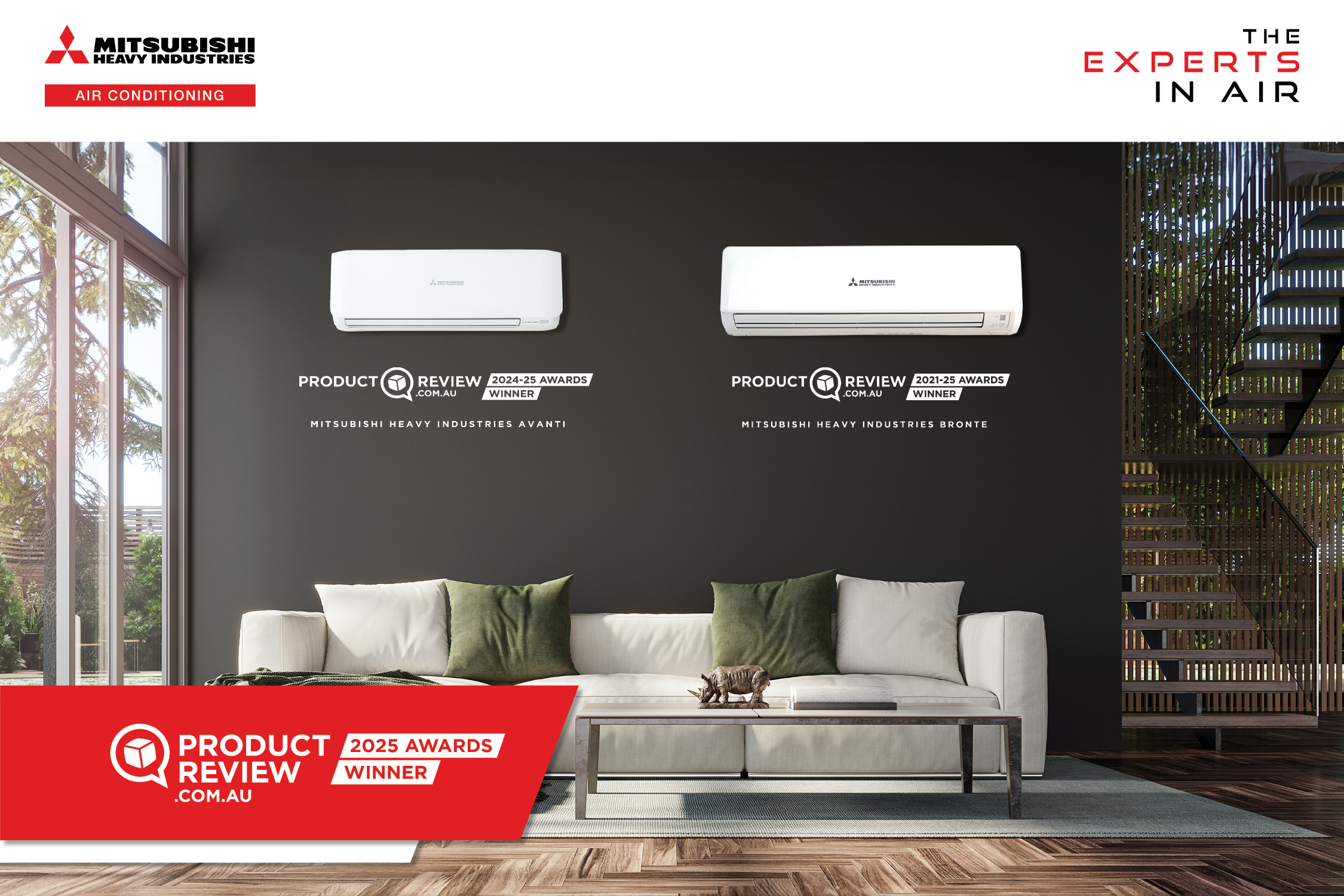Life Front has released a new report with recommendations on how to safely raise the charge limits for flammable refrigerants in refrigeration, air conditioning, and heat pump (RACHP) applications. The EU-funded project aims to remove implementation barriers posed by legacy charge-limit standards.
The report comes after the International Electrotechnical Commission (IEC) paved the way for greater charge sizes for flammable refrigerants last year. The IEC approved an increase in the charge limit for A3 (flammable) refrigerants from 150g to 500g, and the the charge limit for A2 and A2L (low flammable) refrigerants from 150g to to 1,200g – in self-contained commercial refrigeration cabinets under IEC standard 60335-2-89.
It is believed the decision will mainly affect the use of hydrocarbons, particularly in applications such as display cabinets, ice-cream freezers, small/packaged ACs, and small heat pumps.
Now, as countries consider whether they will change local standards to reflect the IEC decision, the Life Front report has recommended the following measures:
- To minimise concentrations of flammable refrigerants in the case of an equipment leak
- Implementation of mitigation measures in performance testing
- Increasing charge size for flammable refrigerants, focusing on smaller equipment, such as display cabinets, ice-cream freezers, small/packaged ACs, and small heat pumps, as described in the access categories “a” and “b” in the EN 378-1 (2016) Standard.
The European standard provides the basic safety and environmental requirements, definitions, classification and selection criteria for refrigerating systems and heat pumps.
This would enable hydrocarbons to be used in larger refrigeration and air conditioning systems, widening the use of these natural refrigerants.
How far should we go?
In line with the IEC standard, the Life Front report proposes a range of possible approaches for determining safe charge limits. These include the use of calculation, experimental and risk assessment methods. The report also contains an analysis on how far charge limits should extend, weighed against legislative constraints.
“By proposing these new approaches to determining charge limits, it is intended to prove that the safe application of higher charge limits is possible, and that future applications of safety standards will result in charge limits that enable a far greater and wider application of hydrocarbon refrigerants without resulting in a significant risk increase for users,” says lead technical expert of the Life Front project, Daniel Colbourne.
“This will, in turn, result in reduced greenhouse gas emissions from the sector, supporting countries in meeting their international GHG emissions reduction obligations.”
The report further discusses the charge-size limitations, along with an analysis of testing on heat pumps. It proposes an improved approach for calculation methods based on equipment enclosures.
The method considers factors such as the leak rate and enclosure characteristics – internal dimensions, height and position of openings, etc. – such that by the end of the release, the floor refrigerant concentration does not exceed a predetermined minimum level of safety.
LIFE FRONT, an EU-funded project that aims to remove barriers to hydrocarbons and contribute to wider uptake of refrigeration, heating and air-conditioning equipment using hydrocarbon refrigerants, will hold a free webinar on 3 June at 14:00 (CEST).
The webinar will officially present the project conclusions, its recommendations and future outlook, including key aspects on how to safely raise charge limits of flammable refrigerants.
Life Front is holding a free webinar on June 3 at 2pm (CEST), to officially present the project conclusions, its recommendations and future outlook, including key aspects on how to safely raise charge limits of flammable refrigerants. To register for the webinar, click here.
The Life Front report is available here.



Leave a Reply